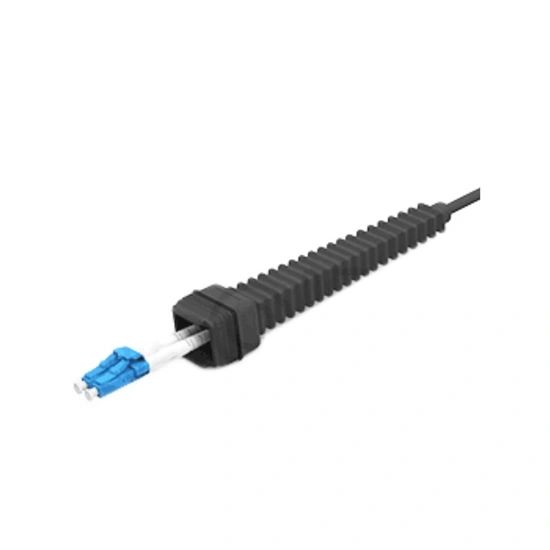An Overview of Reliability Test and Quality Control Methods

Reliability testing and quality control are crucial steps in the production of optical fiber connectors. These components play a vital role in ensuring seamless and efficient transmission of data over fiber optic networks. This article aims to provide a comprehensive understanding of the various testing methods and quality control measures employed in the manufacturing process of optical fiber connectors.
1. Reliability Test Methods
Reliability tests are conducted to evaluate the performance and durability of optical fiber connectors under various conditions. These tests ensure that the connectors can withstand environmental factors, such as temperature fluctuations, humidity, and mechanical stresses, that may arise during their lifespan. Here are some commonly used reliability test methods:
Vibration Testing: This test simulates the vibrations that connectors may experience during transportation or installation. Connectors are subjected to controlled vibrations and monitored for any degradation in their performance.
Thermal Cycling: Optical fiber connectors are exposed to extreme temperature cycling to assess their ability to withstand thermal stress. This test helps identify any potential issues caused by expansion and contraction of materials.
Insertion and Withdrawal Cycling: Connectors are repeatedly inserted and withdrawn from mating adapters to evaluate their durability. This test ensures that the connectors maintain consistent performance even after multiple connection cycles.
2. Quality Control Methods
Quality control measures are essential to ensure that optical fiber connectors meet the required standards and specifications. These methods focus on various aspects of connector production, including materials, manufacturing processes, and final inspection. Here are some key quality control methods:
Material Inspection: The quality control team ensures that all materials used in connector production meet the specified requirements. This includes examining the quality and compatibility of connector components, such as ferrules, housing, adhesives, and coatings.
Process Control: Manufacturing processes, such as polishing, epoxy curing, and assembly, are closely monitored during production. Regular inspections and quality checks are performed to identify any deviations from the defined procedures.
Interferometric Inspection: Interferometers are used to assess the physical dimensions and surface finishes of optical fiber connectors. This non-destructive testing method allows for precise measurements of critical parameters, such as end face geometry and fiber protrusion.
Conclusion
Reliability testing and quality control methods play a significant role in ensuring the performance and longevity of optical fiber connectors. By subjecting the connectors to rigorous tests and implementing strict quality control measures, manufacturers can provide reliable and durable connectors to meet the demands of modern fiber optic networks. Adhering to these practices not only ensures customer satisfaction but also maintains the integrity and efficiency of the entire fiber optic transmission system.



